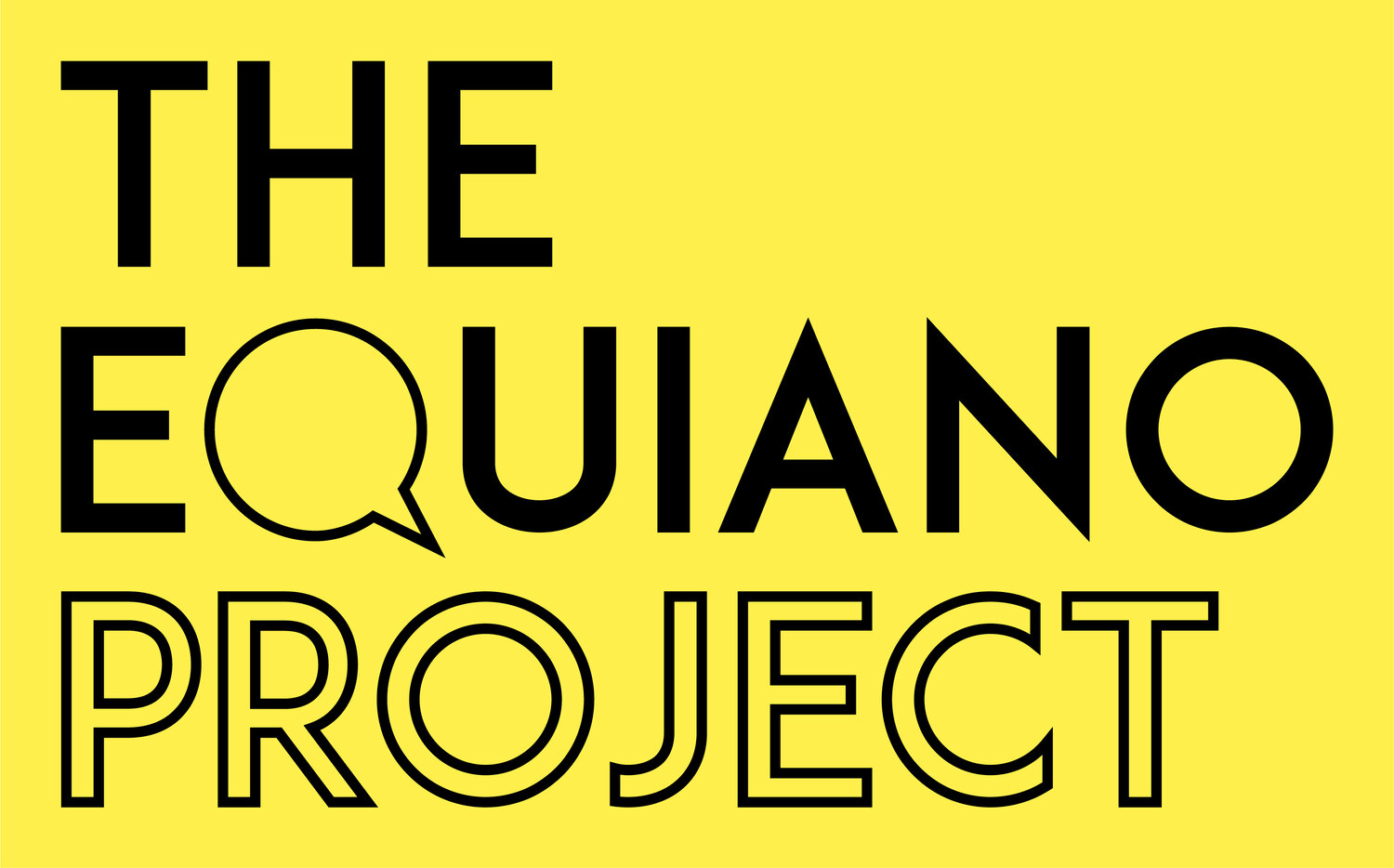Biracial Britain: A Different Way of Looking at Race - book review by Helen Wood
To be biracial in Britain is to be an ‘other’, even to oneself, and to be “othered by those who reflect back to you”.
Dr Remi Adekoya is a Polish –Nigerian lecturer of Politics at the University of York. He sets out to explore the multifaceted experience of being biracial in Britain in this book. British national identity is currently being interpolated and problematised. The residues of the colonial past, cultural iconography and dominant paradigms of Britain are being contested.
Prominent commentators within the current culture wars around British identity include Afua Hirsch, a British journalist with Ghanaian and Jewish origins, and Akala, who is British Caribbean. Both have produced autobiographical work combined with incisive criticisms of fossilised racist attitudes in societal structures and institutions and what they see as forms of denial about this.
Dr Adekoya has interviewed over 70 biracial Britons, including second and third-generation migrants, spanning from the 1960s up until today. They were transposed into first-person, biographical narratives which foreground the existential journeys made by the respondents in their “quest for belonging, even to oneself.”
Dr Adekoya’s own experience of dual nationality gives us an insight into biracial insecurity, as his “authenticity” is questioned in both Nigeria and Poland. As an adult, his Yoruba family would comment on his ability to move correctly in traditional African dances. As a child in Nigeria, his Yoruba clan kept his Polish mother at a distance and she was critical of their postcolonial Nigerian attitudes. In Poland, he was subjected to racial denigration due to having darker skin than other Europeans. Thus, the sense of feeling “at home” is questioned in a way that would not arise if you were the child of two parents from one nationality and religious backgrounds.
Rita, the child of an absent Black American G.I. father and a white English mother, grows up as a lonely figure in a white 1950s provincial landscape. A harrowing facet of how her family internalises racism is demonstrated when her “white passing” son asks her not to accost him in the street in front of his school friends because he does not want them to see he has a brown-skinned mother. She only has one encounter with her black American family before her father’s death, and it is only then that she feels cherished and accepted after 60 years of alienation.
Isaac’s story of growing up as a Jamaican British child in the 90s is more positive but still challenging. He sees both sets of grandparents in Nottingham separately; the Jamaican ones speak Patois to him and eat Creole dishes, while the English grandparents speak standard English. As a teenager, he is told by his Jamaican mother to “code-switch” linguistically in order to be successful in job interviews and to fit into white norms by “speaking white”. He does not regard himself as fully British, rather, he describes his identity like a circle that has a slice of ‘Jamaican-ess’.
In Amy’s narrative, also in London, whose father is British Jewish and mother is Asian, she sees her mother downplaying her Asian culture and origins during her marriage. Thus, Amy makes a conscious choice as an adult to identify with her mother’s heritage, embracing the Sikh religion and Asian community. Her father defines her as a “white British” member of society but she rejects this status. This choosing of a dominant cultural identity is a recurrent theme in the biracial experience as is seeking out the homeland and family of the foreign parent to connect with missing elements of the ‘identity jigsaw’.
Sophia, another respondent, experiences the dualism of mixed heritage. Perceived as ‘white’ in Zimbabwe, her father’s country, but as black in Britain. She resolves not to allow other people to define her but to enjoy living in two cultures. For her, ‘blackness’ is more about “inhabiting a political world and not about essentialising [skin-colour]”. London repeatedly emerges as a place where biracial British inhabitants can resolve fractured experiences of identity. Despite the fact that many are unresolved about how ‘British’ they feel, they are “at home'' as “multi-ethnic” Londoners.
Dr Adekoya argues that racism was originally a form of domination to legitimise slavery and now white-black distinctions are a manifestation of the US and the West being the rich influencers at the top of the global economic ladder. Racialisation, in his view, is not a fixed monolithic entity but something that can be interrogated and dismantled over time.
Adekoya advocates for a multi-racial society rather than a mono-racial Britain. He wants biracial children to be acknowledged and to be able to mould Britain as it evolves because, by the end of the century, 30% of its population will be biracial. Dr Adekoya believes biracial adults can transcend the false binary of ‘blackness’ and ‘whiteness’ and that individuals can make identities based on the ancestral and social meanings mapped onto their experience.
Thus, racial categories come below cultural ones, and perhaps biracial can be dispensed with altogether as a category as Thomas Chatterton Williams has controversially suggested. Dr Adekoya provides empathetic commentary on each of the compelling accounts of biracial life experiences. However, he could have selected fewer stories and highlighted the recurring themes across the range of narratives to further distinguish his line of argument. I think this book’s contribution to the ways we are discussing race is timely, as it counters critical race theory with its rigidly petrified intersectional boundaries based on entrenched notions of systemic racism. To be biracial is to be in constant dialogue as we have seen, and we need this fluidity in the way we frame our thinking about race if we are to repair division rather than to deepen it.

